Today I am absolutely OVER THE MOON excited to announce that I’ve partnered with Jordyn Pecha of Pretty Lovely Studios to bring you a monthly gardening series.
I am guilty of spending way too much time playing in the dirt, but all too often, I have no clue what I am doing. Jordyn went to school for Landscape, Nursery and Greenhouse Management at Washington State University. She currently creates stunning wedding floral designs, and is also extremely knowledgeable in everything garden – we are so lucky to have the opportunity to pick her brain!
I couldn’t be more excited to have her here today. I hope you give her a warm welcome (her instagram is amazing!), and if there’s any topic you’d like covered, be sure to leave it in the comments!
How to Keep Indoor Herbs Alive
(For Longer than a Month)
We’ve all tried it. Growing those dang herbs inside. They look super cute in the windowsill behind the sink, but before long they look… dead. So what did you do? You gave them water, right? And a good place to live? It takes a little more know-how, (not too much though), before you can call yourself a botanist. Ok, maybe just an herb growing master.
Light
Anything grown indoors needs an adequate amount of light. Light is how plants get their food. It is through a process called Photosynthesis and in order for Photosynthesis to occur, you must have a light source. A nice sunny window, preferably facing South will do the trick. It would be nice if that window is in the kitchen, for convenience purposes, but that may not always be the case.
You must also rotate the plant every week or so. If not, it will start growing sideways toward the light source. This does not create a strong stem for a healthy plant.
A good indicator to figure out if your herb is getting enough light or not is to look at the placement of the leaves. If you notice the stem getting longer and longer between each leaf or new growth, than it’s not getting enough light. It is stretching itself out to find that light before it can focus on any new growth.
Water
Water may be a tricky one at first, but if you get into a habit, it could become quite relaxing to you. First of all, they don’t need as much water as you might think they do. You want to almost let them dry out before you water again. Stick your finger about an inch into the soil and if it is dry, then water. Keep track of how many days in between each watering and you will start to notice a trend. They may only need once a week. It depends on the size of your plant though.
Definitely avoid over watering. Plants do not like their roots sitting in water for hours on end. They begin to rot. Not good. Which brings us to our next point…
Soil
You want to choose a soil that provides good drainage. If you want to, I recommend it, add Perlite to the soil. Perlite consists of little white particles that aerate the soil, and allow water to drain much easier. You can get soil that already has Perlite in it, like cactus growing medium.
Drainage
Make sure your pot of choice has a hole in the bottom of it. What is good about having a soil that drains well if there is no place for the water to go? Along with this, you might want to put a tray or little saucer underneath the pot to catch the water. If you can remember, it’s a good idea to empty that tray after the water has drained out, so that the plant isn’t sitting in a bath all day, which could cause rotting.
Fertilize
With all the drainage that is going to be happening, it’s inevitable that nutrients are going to be leached out as well. Since your herb is going to be inside, confined to a pot, there is no other way it is going to get the nutrients it needs by itself. Find a good organic (you don’t want to be ingesting any chemicals!) fertilizer and feed it about once a month.
Tidbits to keep in mind
- Choose a pot that the herb has room to grow and stretch its roots. Too small of a pot, the roots will just keep circling around themselves, eventually strangling itself. It sounds very morbid, but it’s true!
- When it comes time to cut, cut no more than 1/3 of the plant off at once.
- Don’t let the herbs flower! When you see this happening, just pinch it off. When plants go to flower, they put all of their energy and nutrients into producing that flower, which means the leaves (the parts you want in an herb) are put on the backburner. Keep those leaves coming by preventing the flower!
- Watch for pests! If you see aphids, you can just squish those with your fingers. If scale pops up, scrub them off with soapy water.
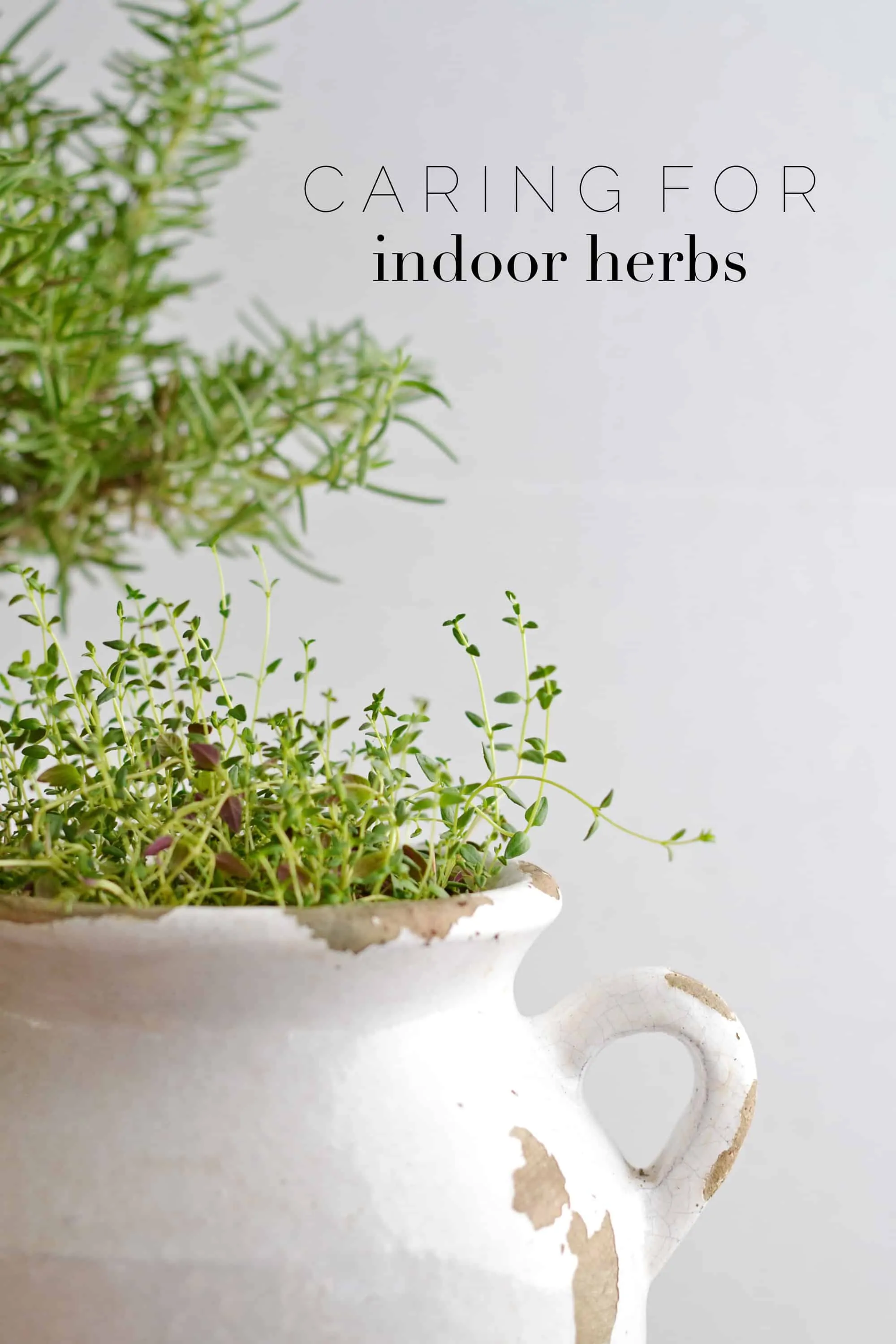
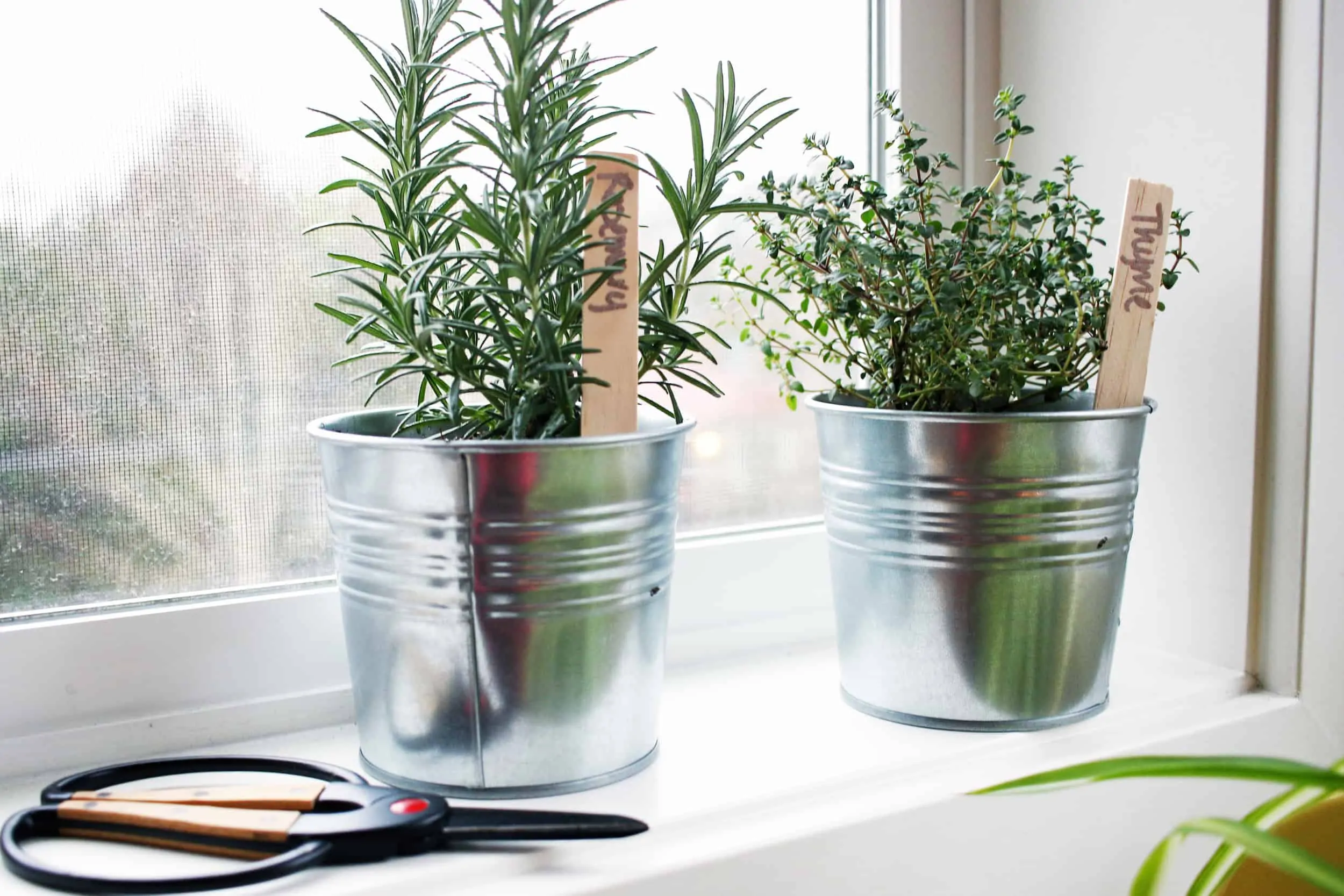
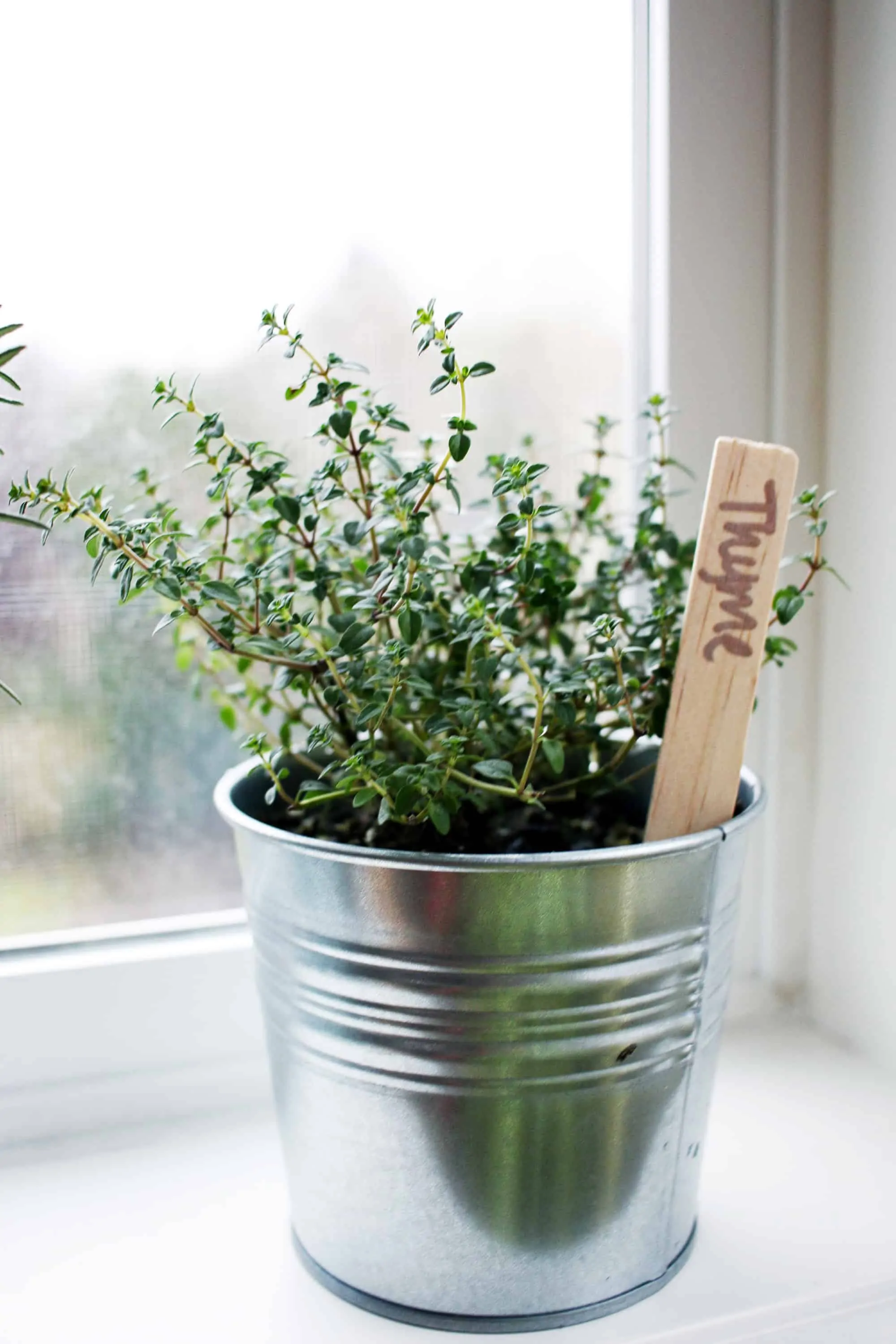
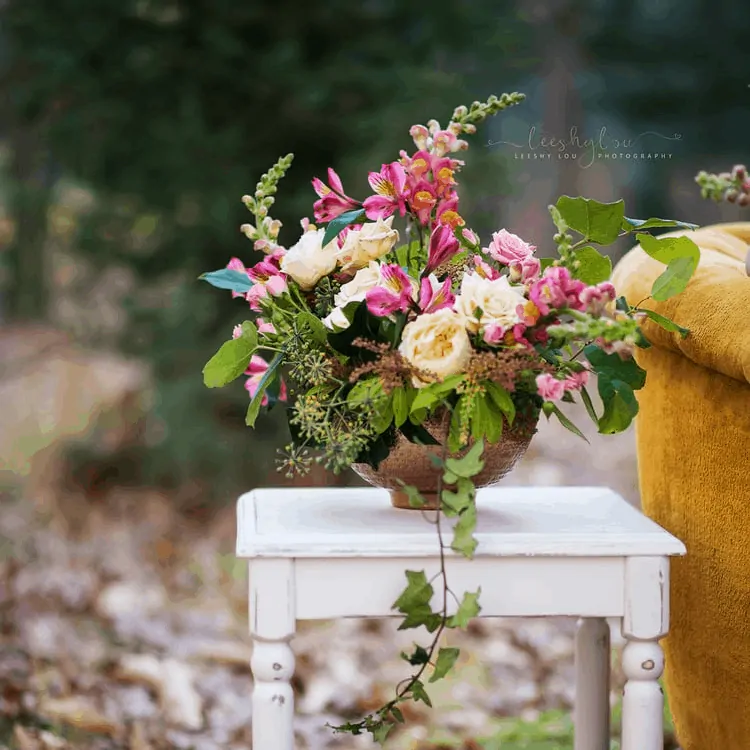
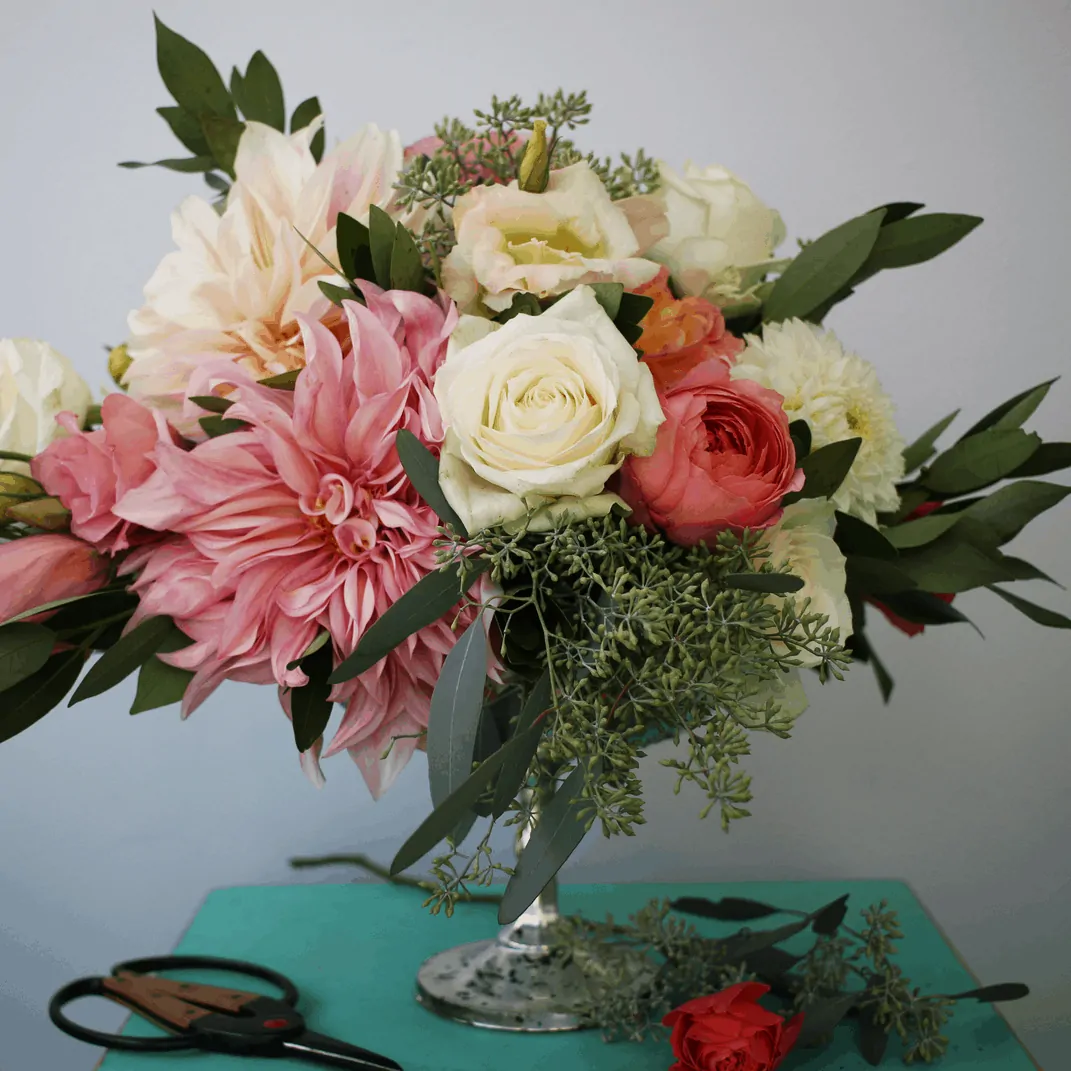
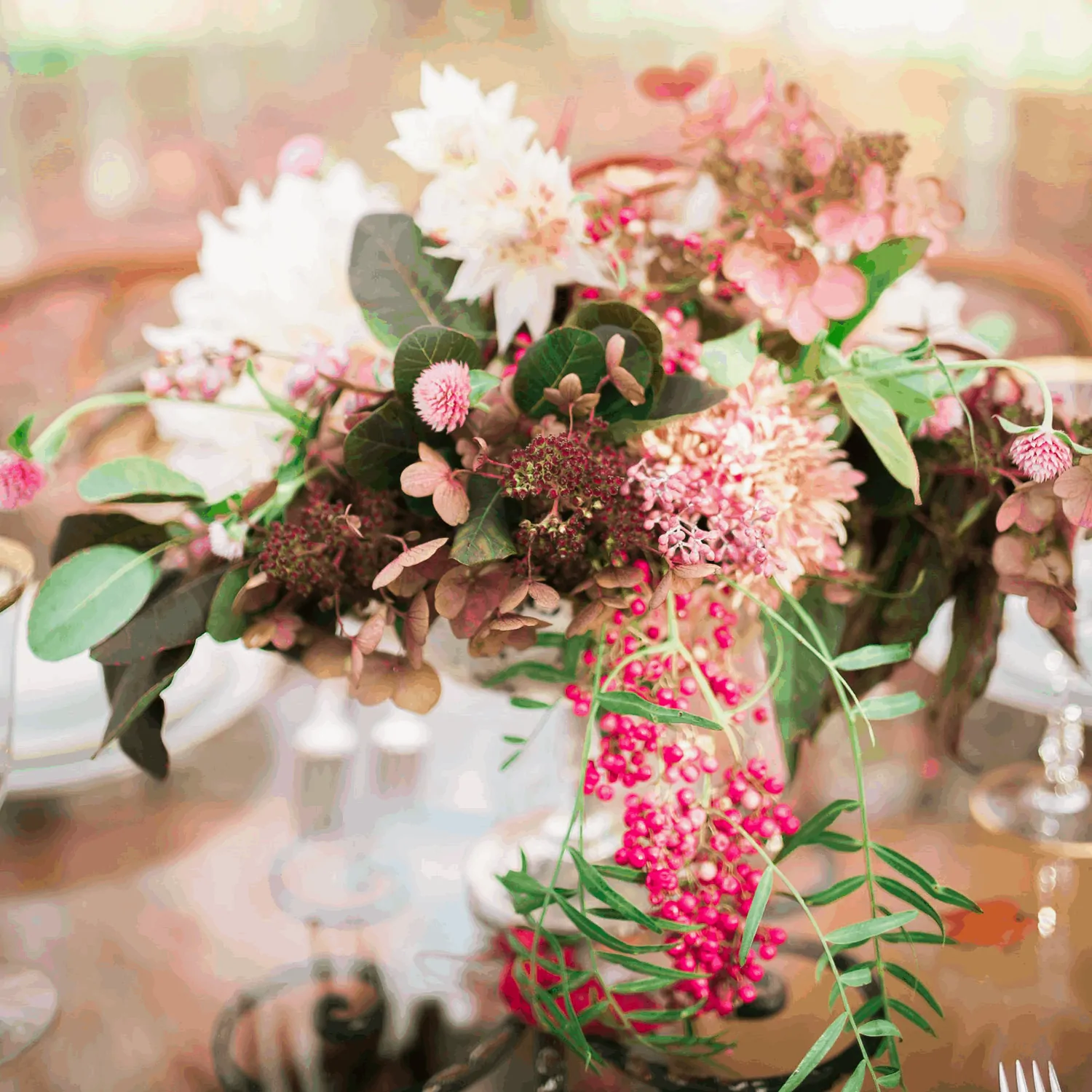
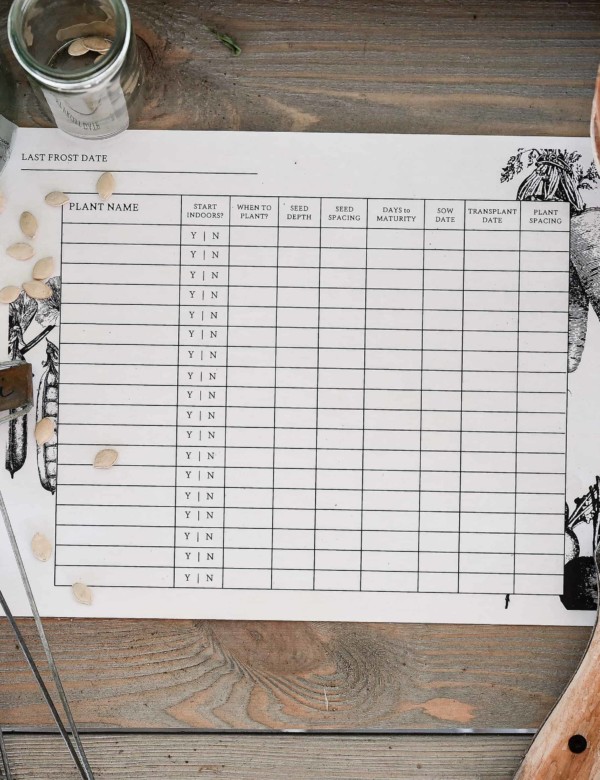
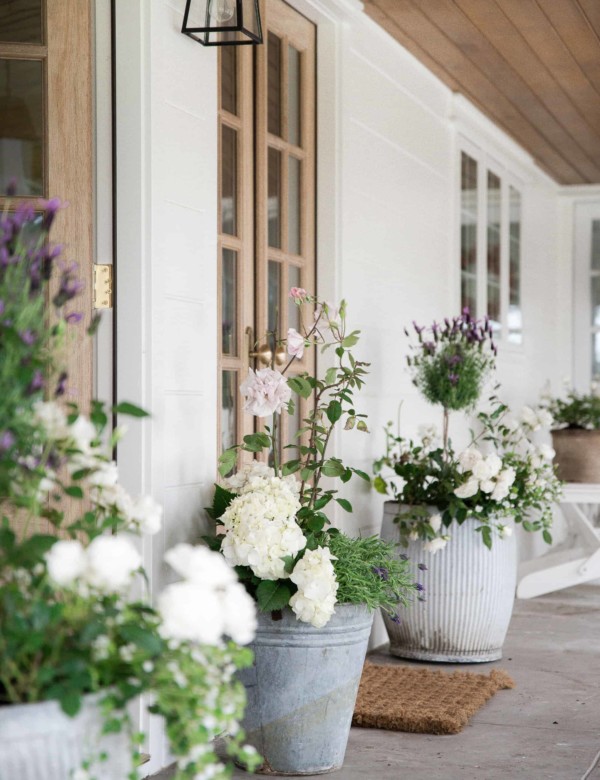

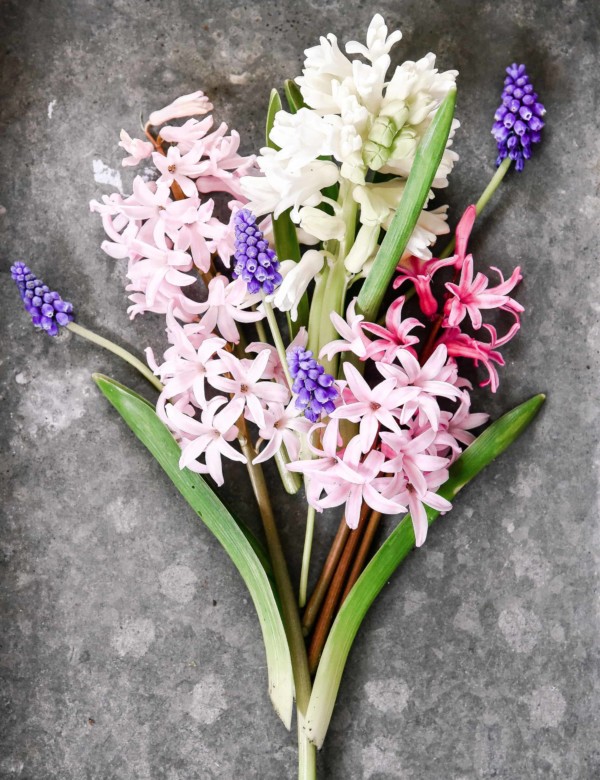
What a helpful post! I love growing herbs indoors, and I’m still learning from trial and error what seems to work best for each plant. Thanks for the tips, and I’l look forward to seeing more of the monthly gardening series!
Thanks for stopping by!! How are you? Great I hope! I will have to pop over and visit your blog : ) I loved this post from Jordyn – so helpful!!
Oh I LOVED this post! Thanks so much for the tips. I’ve been killing my basil plants for way too long.
I have a little question – I’ve seen lots of really cute ideas on Pinterest for DIY terrariums or mini greenhouses for herbs. I would love to know what Jordyn or you, Chloe, think about those. Do they do more damage than good? Do they just look cute?
Another post I’d love to see would be any tips on plants that could go out on the balcony (I live in an apartment) during the summer and come inside during the winter as it’s pretty cold over here in Switzerland. Or maybe something about air plants?
LOL I always kill my rosemary! It usually lasts for about a month…hence the name of this post ; ) I will let Jordyn know, and I am sure she will be happy to tell us all about terrariums for herbs. I’ll add versatile plants to our list too!! Thank you so much Sofia!
Ah this post is so well timed! I am a newbie indoor herb grower and have been struggling to maintain them – they seem to thrive for the first couple of months but soon become very sad looking! Your article has made me think that it might be time to repot and fertilise.
Thanks
Ferg
http://www.haplessandhopeless.com
I think finding a good natural fertilizer is the key!! Especially if you have a lot of drainage. Thanks so much!
Great tips & beautiful pics! Thanks very much – I’ve tried several times to have a lil kitchen herb garden, but failed miserably each time! I love fresh basilikum in salads so yeah, it last a week tops and then that’s it with that. I’ll try it again, now with all of this in mind. Wish me luck!!
Sending good gardening vibes your way!!!
I loved these tips! I’ve been attempting to keep my herbs growing indoors after summer/fall for the last few years and basil is the only one (knock on wood!) that I’ve been able to keep going. Maybe I’ll try again next year ;)
I love the idea of a monthly gardening series with Jordyn from Pretty Lovely Studios! Her expertise in Landscape, Nursery, and Greenhouse Management is invaluable. When it comes to keeping indoor herbs alive, proper light exposure is key for Photosynthesis. Have you explored using grow lights for your herbs? Space Waves